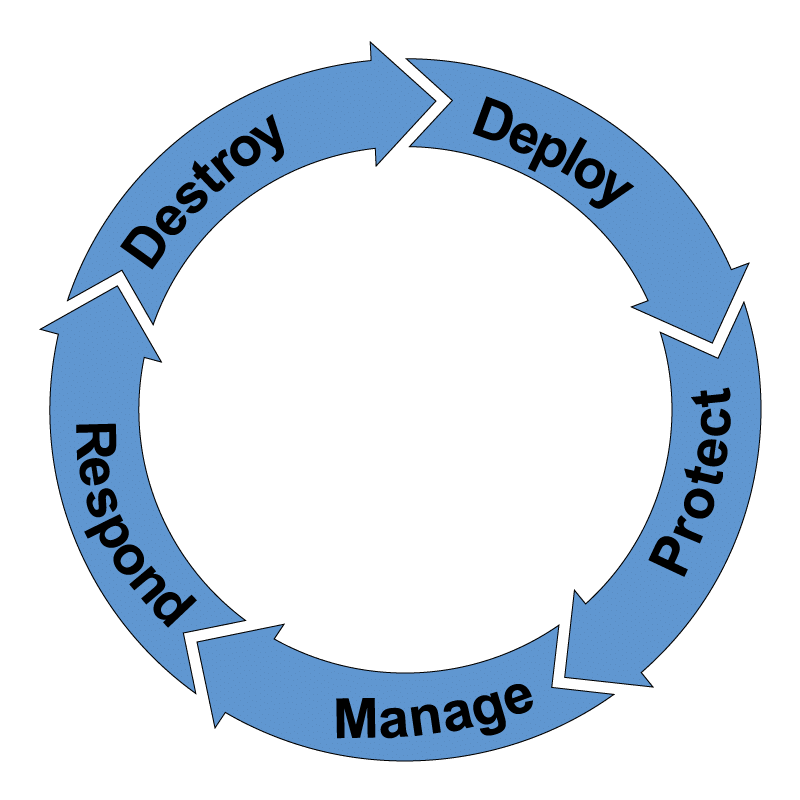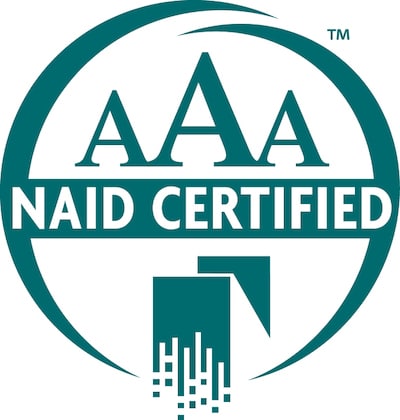2022 Will Call for Companies To Be Resilient, in IT Asset Management and Beyond

That’s why the concept of organizational resilience is now more relevant than ever before. Organizational resilience is all about how well a company anticipates, plans for, and responds to gradual change and unexpected disruptions in its business environment so that it can continue to operate and thrive. IT Asset Management is a big part of this.
Organizations and individuals that discovered meaningful ways to practice resilience in the face of change, from remote and hybrid working to digital acceleration, proved to have an enormous strategic advantage. Cultivate a resilient culture so that you aren’t caught off guard when disruptions occur.
Remember, if your people, processes, and technologies aren’t resilient, your business will have a tough time recovering from setbacks such as downtime-induced financial loss as well as dissatisfied employees.
What Does a Resilient Organization Look Like?
Organizations that recover quickly from setbacks typically have cultures that embrace up-to-date policies and training, and innovation.
Create an environment for innovation
An organization’s employees are among its most valuable assets. You can encourage innovation among your employees by creating a work culture that supports creative thinking and effective communication. This will empower them to contribute their knowledge, abilities, and suggestions, even in a work-from-home environment.
When it comes to ITAM—embrace policies and training
IT asset management is a requirement in a resilient organization. This requires an inventory of employee assets, whether in the office or not (software, hardware, and cloud resources).
When a company has end-to-end lifecycle management, they are well-prepared for changes in the work environment. A complete roadmap means you know where everything lives, who has access to what, and how data is removed at the end of life. It’s no longer ok to hold on ITAM training for a quarter with new employees working from home. Employees can wreak havoc to a system in their first week on the job in an unprotected and unsecured environment. According to SHRM.org, “Remote-access technologies are exposed to more external threats. Organizations “should assume that malicious parties WILL gain control of telework client devices and attempt to recover sensitive data from them or leverage the devices to gain access to the enterprise network,” said the National Institute of Standards and Technology.
Rise to the challenge
There are challenges in implementing updated ITAM policies, particularly in the face of a new hybrid or remote work environment. However, resilient organizations embrace the challenge and are prepared to revisit their inventory to include at-home equipment like smartphones and laptops that employees may have accidentally used throughout the transfer to a home office. It takes time and patience to interview each employee and understand their at-home work environment. Time can be a challenge resilient organizations have to provide to ensure employees are set up correctly and retire correctly (upon retirement, termination, or voluntarily leaving). Get creative in the ways you train, reward, and communicate with your remote employees.
As we’ve shared in past blogs, when employees feel they can come forward quickly in the case of a potential breach or mistake, you can avoid major issues. When employees are afraid to be honest because of harsh leadership, an issue may get left unreported.
Tactics of Resilient Organizations
Prioritize the following tactics to nurture a resilient organization:
Proactive cybersecurity planning and training
This may require implementing guidelines from The International Standards Organization (ISO), The British Standards Institute (BSI), or the National Institute of Standards and Technology’s (NIST) Cyber Security Framework, depending on your industry and location. Most organizations are ramping up their training requirements when it comes to both ITAM and overall Data security. This is because they know that employees are often the weakest link in ITAM planning. Employees are often using unapproved devices to work and become the (unknowing victims of) malware and data breaches.
Protection of intellectual property (IP)
This is more of a legal and operational task and includes having the right employee, contractor, and partnership agreements to avoid disclosing critical organizational IP.
Implementation of uptime safeguards
This requires being able to restore service via automatic failover or backup and recovery.
Contingency plan mapping
Build a business continuity and disaster recovery plan that lays out contingency plans for events like downtime, evacuations, and so on to be prepared for tricky situations, especially in a remote or hybrid environment where an at-home office may be affected when the main office is not.
Trying to build a resilient organization on your own is a massive commitment in terms of time and resources, especially while running a business. Partnering with an ITAM expert like us takes all the worry and responsibility off your shoulders.
Contact us today to schedule a consultation, and we’ll do the heavy lifting for you.






